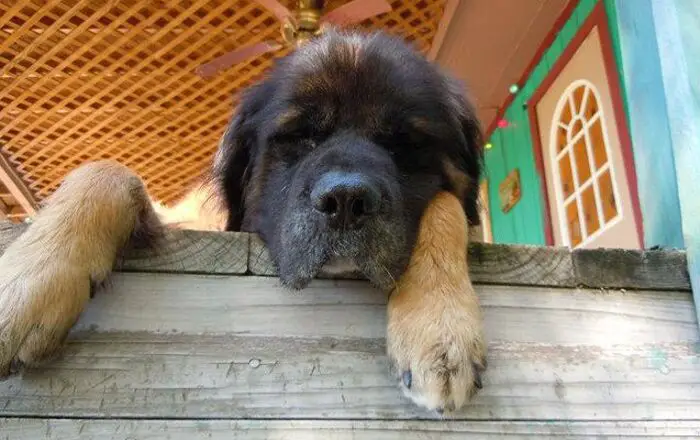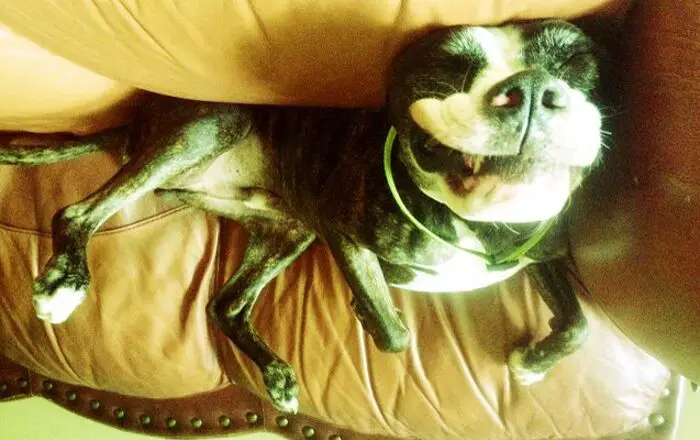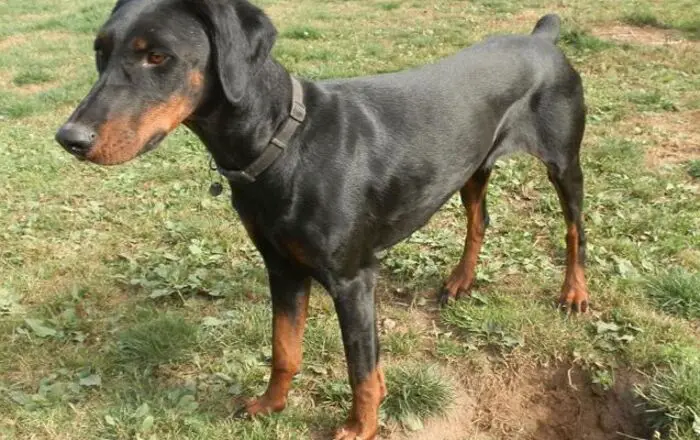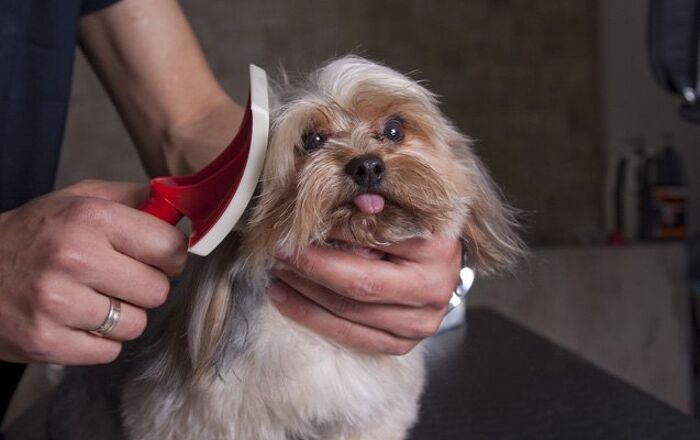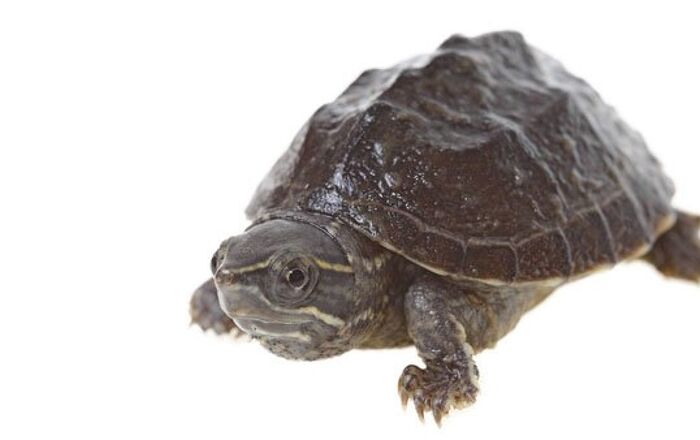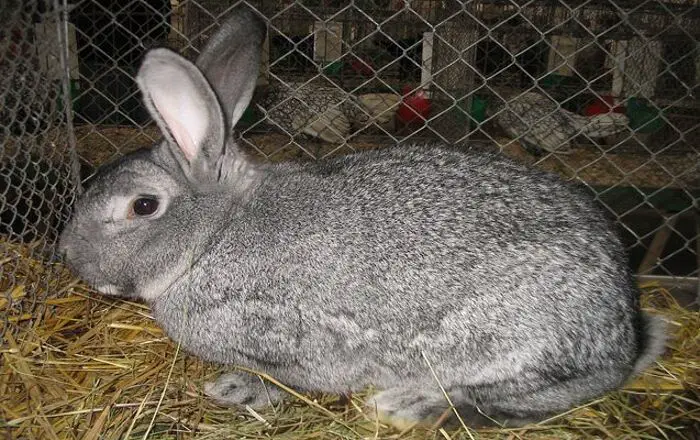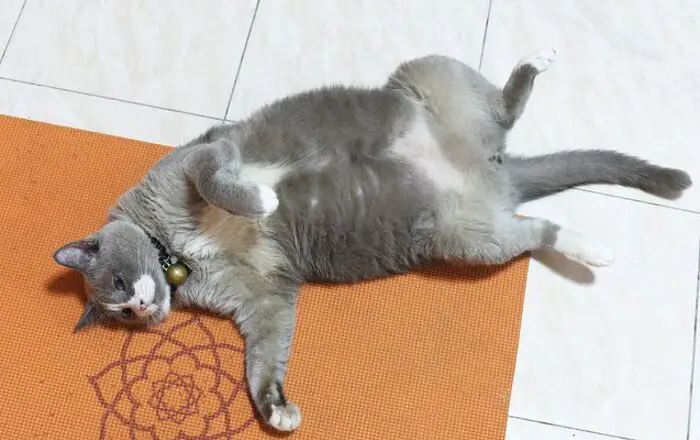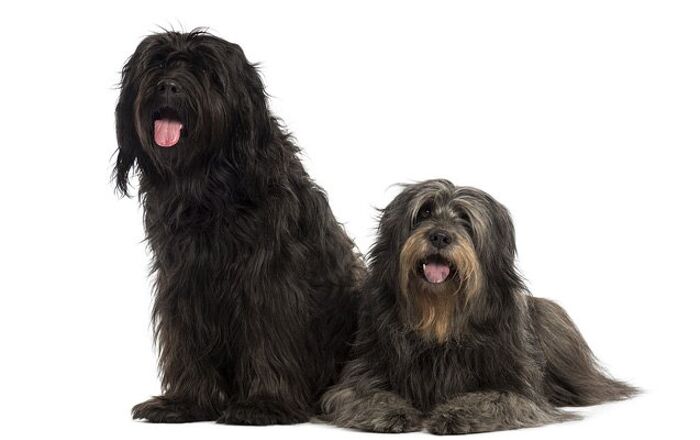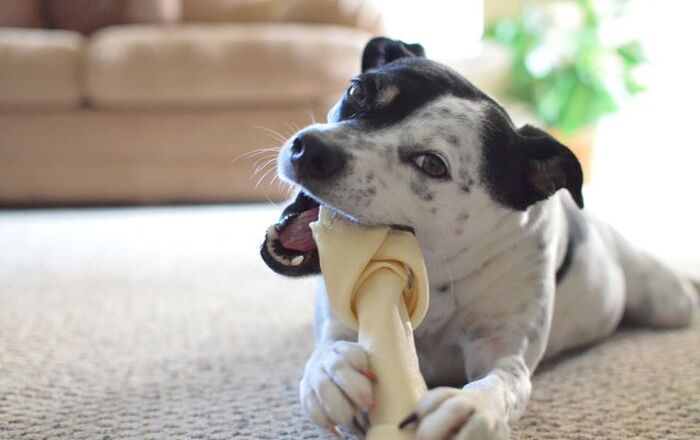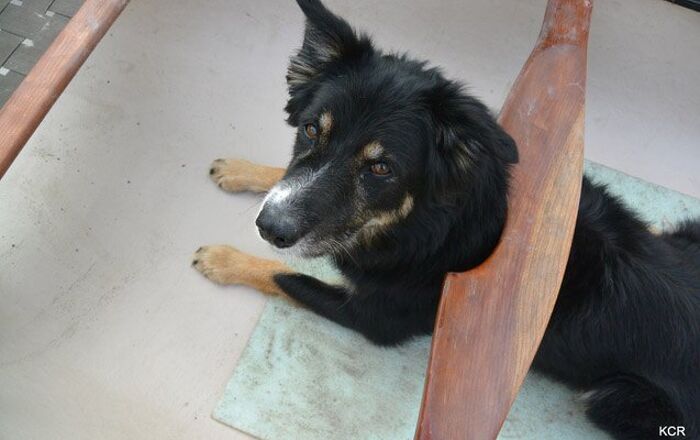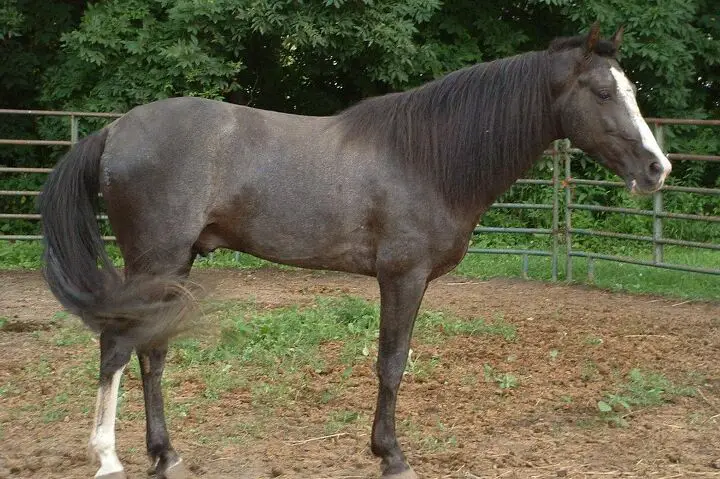
Racking Horse Breed History
The Racking Horse got its name from its four-beat, systemic gait, or “rack,” which is neither a pace nor a trot. Also, this breed features a natural single-foot gait, as it runs with only one foot at a time striking the ground.
The first time that this breed’s ancestors were bred was prior to the American Civil War, and they were found throughout the southern plantations of the US. Over time, the Racking Horse was developed in much the same way as the Tennessee Walking Horse, and its ancestors were renowned for their versatility, good nature, and intelligence.
The Racking Horse features a natural single-foot gait.
Throughout the 1800s, these horses were common in equine shows in the southeast, in addition to still being utilized as comfortable riding horses, particularly over long distances. At that time, however, Racking horses were only known as another type of Tennessee Walking Horse, rather than being recognized as a breed of their own.
It was not until the 1960s that an association was formed for the Racking Horse by Joe D. Bright of Alabama and a group of businessmen. They worked on creating the Racking Horse Breeders’ Association (RHBA), thereby making it a separate breed. However, the association was not formally approved by the USDA until 1971. Also, in the latter part of the 1960s, Bright had initiated a program for breeding and raising the Racking Horse for pleasure riding and horse shows.
Roughly 80,000 Racking Horses have already been registered, with the highest number of horses found in Alabama and Tennessee. This breed has been Alabama’s official state horse since 1975.
Breed Traits
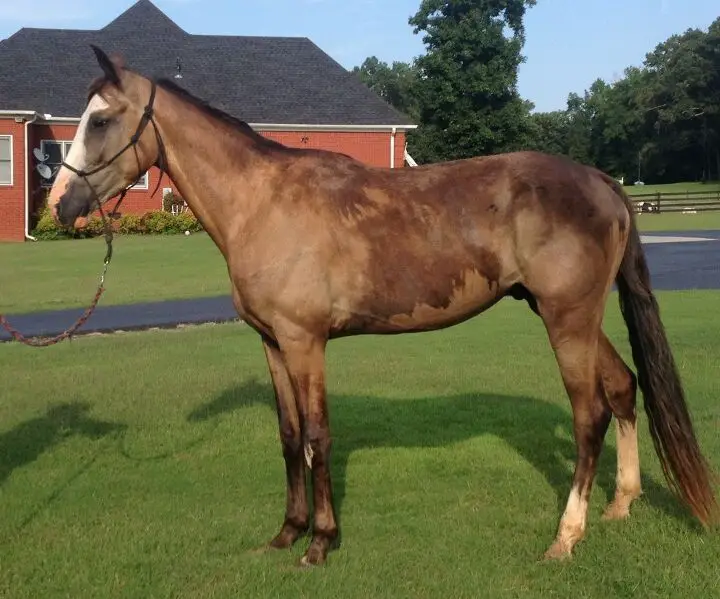
The Racking Horse is an equine breed with a friendly personality. These horses enjoy being around people, and they are also calm and gentle, so they are a good choice for all levels of riders, including those who are beginners.
These horses are also revered for their intelligence, their laid-back yet noble disposition, and the fact that they are social and family-oriented. They are a pleasure to be around, and they are willing animals that are suitable for training in a variety of disciplines.
Racking Horses are social and enjoy being around people.
Overall Description
Racking Horses will feature a graceful and attractive build that is well muscled.
You will easily note the sloping and long neck, the croup and shoulders that are also sloping, the smooth legs that are well boned, and the full flanks. These horses also feature hair that is finely textured, and the tail will be raised naturally.
The Racking Horse is known for its intelligence and noble disposition.
Colors
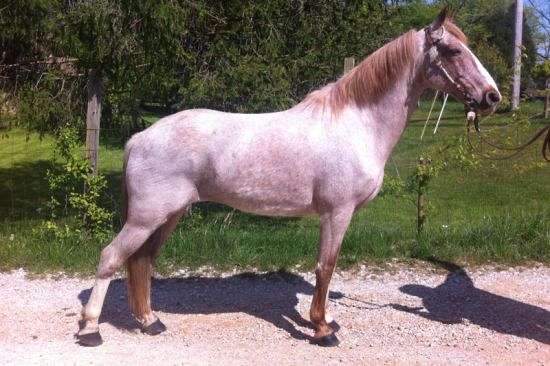
The Racking Horse breed can showcase several different colors. These include bay, chestnut, gray, sorrel, brown, black, spotted, roan, and yellow. Other possible colors include cremello, buckskin, palomino, dun, and champagne, as well as spotted.
Grooming Requirements
To maintain the health and beauty of your Racking Horse’s finely textured coat, a consistent grooming practice is necessary. In addition to brushing, you can bathe your horse with an equine shampoo if he becomes very dirty. And every grooming session is an ideal opportunity to bond with your horse, who will thoroughly enjoy the attention and affection that you can provide.
First, use a curry comb all over the horse’s body in order to bring dust, dirt, and other debris to the surface and make it even easier to remove. Always use circular movements, and work your way from the horse’s head down to his hindquarters. Just be aware that certain areas of the body, such as the legs and face, as well as bony areas along the hips and shoulders, might be sensitive, so you can switch to a body finishing brush for those areas.
Next, you can use a dandy brush to bring even more debris and dirt to the surface of the animal’s coat. With a flicking motion, as well as short strokes, you can use this tool to remove the dirt from the head all the way to the hindquarters. Repeat this stage, as necessary, until all of the dirt has been removed. Then, using long strokes, you can finish by moving over the horse’s whole body once more.
Grab your body finishing brush to make the horse’s coat shine by using energetic movements all over the body. This will smooth down the horse’s hair while creating a shine as natural oils are distributed. Be sure to use strokes that are even and long.
Using a soft sponge or cloth, you can gently wash the areas around your Racking Horse’s eyes and ears with some water. Then use a hoof pick to gently remove any debris, such as dirt, mud, and rocks, that has accumulated within them from everyday activity.
Finally, to make sure that your horse’s mane and tail will always look smooth and beautiful, use a mane comb and a tail brush to remove any tangles. Some horses have dry hair in these areas, so they will also benefit from a conditioning treatment, or at least a detangling spray, as well.


